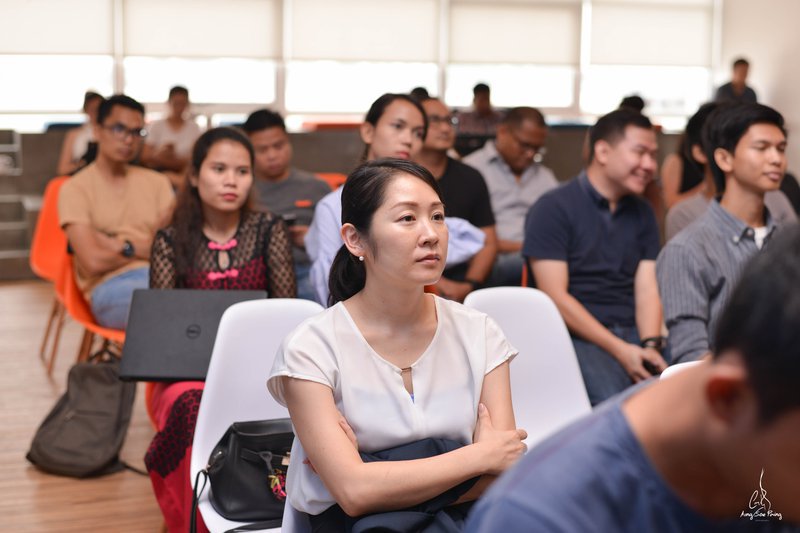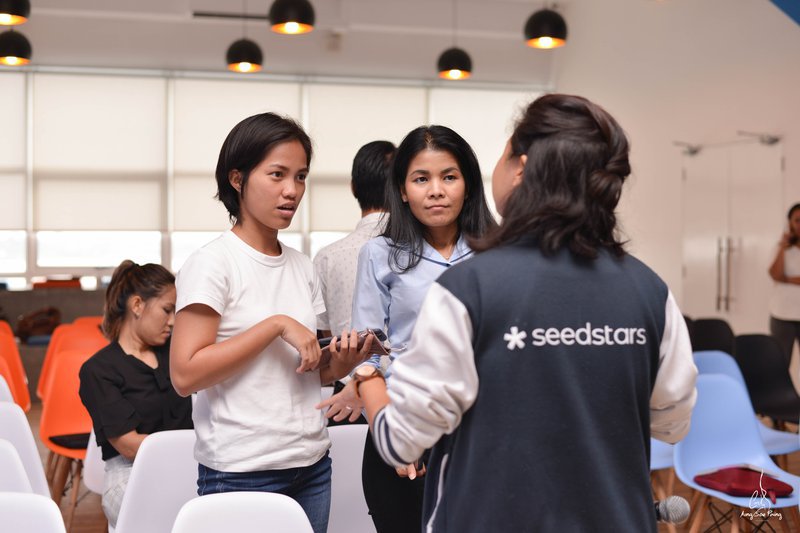
ASIA • ECOSYSTEM ENABLER
Seedstars Global
SEPTEMBER 21, 2020
According to ILO publication Transformation of women at work in Asia, Asia is the only region where female labor force involvement rates have been decreasing or remained unchanged even before the global pandemic. Since the beginning of the COVID-19 crisis, Asian economies have been struggling to sustain export-oriented sectors like manufacturing and agriculture, as well as hospitality and tourism, where most female workers are involved.
Now is the time when efforts toward gender equality can accelerate the economy of the Asian region in just a couple of years. Asia Pacific could add $4.5 trillion to annual GDP in 2025 by increasing women’s labor force rate and the number of paid hours, as well as advancing women’s representation in high-productivity sectors that are currently men-dominated.
Even though women are underrepresented in leadership positions, their achievements benefit the whole society. The recent study finds that female leaders are better in coping with the coronavirus pandemic. Female leaders in Germany, New Zealand, Denmark, and Bangladesh showed more proactive and coordinated responses that resulted in lower death rates than their “nearest neighbor” countries.
A study from S&P Global Market Intelligence found that companies with female CEOs are more successful and have better stock price performance. This year, 37 women headed Fortune 500 businesses. These companies are multinational giants, but what about small enterprises?

About 96% of businesses in the Asian region are small and medium-sized enterprises (SMEs). Being suppliers to big corporations, these businesses were forced to decrease production as their client’s sales dropped. However, unlike multinationals, small companies are most exposed to economic losses: they have smaller inventory and client bases, fewer cash reserves, and limited access to financial services and assets.
These challenges are even more evident for self-employed women, notably those in the agricultural sector, informal employment, or running micro SMEs. The survey on COVID-19 impacts on women entrepreneurs by UN Women reveals that 77% of women entrepreneurs sell fewer products or services, and 34% say they soon might have to close their businesses.
75% of female entrepreneurs mentioned that their caregiving responsibilities increased since the pandemic started. Women and girls spend 4.1 hours per day on maintaining their households and nursing children, compared to 1.7 per day for men, according to the UN Women survey. As a result, women have limited access to employment, education and undergo severe physical and mental stress.

While women are overrepresented in disadvantaged sectors, they are underrepresented in science, technology, engineering, and maths (STEM). According to UNESCO data, only about 30% of female students in the world enrolled in STEM-related fields.
The UN Women survey on 65 business leaders in Asia and Europe confirmed that the digital gender divide is growing: the internet usage gap between men and women increased from 17,4% to 24,4%. How can we change that?
We believe that every aspiring female entrepreneur should receive professional support and training to become a high-growth company. According to research by NESTA, 6% of high-growth companies create over 50% of sustainable jobs and boost the economic growth of their region.
These companies have “highly innovative business models serving large addressable markets with a rapid growth trajectory,” as said in an enterprise segmentation report of 2018. Moreover, these companies should have more than “$2m in financing needs within a few years and be managed by entrepreneurs who seek to be recognized for achieving disruption at scale.”
Seedstars provides training and support to increase the quality and quantity of women entrepreneurs and build a strong entrepreneurship community in Asia.
Let’s take a look at some successful initiatives by female founders and community leaders who are part of the Seedstars global network and were accelerated in one of our programs.

In recent years, women’s representation in senior management positions in the Asia Pacific increased to 27%. The research by the University of Maryland and Columbia Business School showed that female leaders improve companies’ performance as long as companies head to innovations. The success stories below prove that women leaders are not only capable of enhancing their businesses, but also creating new opportunities for students, SMEs, and supply producers.
Myanmar Youth Empowerment Opportunities (MYEO) was founded by Htet Thiri Shwe as a university project while finishing her bachelor’s degree at the University of Hong Kong. The organization focuses on offering much-needed technical education. The MYEO’s training center on digital skills gained Facebook Leadership Program’s recognition as one of the most impactful communities. By providing scholarships, internships, and exchange programs, they have already trained more than 800 people.
Most schools in Asia-Pacific are unable to introduce biotechnology to their students due to high equipment costs. 42Lab solves this problem by offering portable biotech equipment for experiments combined with supporting apps for students and teachers. Founded by a biomedical engineer Dr. Yasaman Nematbakhsh, 42Lab involves more middle and high school students of Singapore and Hong Kong in the STEM industry.
In lockdown times, many food supply producers lost their chance to distribute, especially ones from rural areas. The delivery service Happy Grocers in Thailand was created by a young female entrepreneur Suthasiny (Moh) Sudprasert to help farmers and fishers sell their products through text messaging and advertising in social media.
Anu Meena, the founder of another successful startup in the agriculture field, was recognized by Forbes in 30 under 30 Asia Industry, Manufacturing & Energy top. Agrowave builds a digital supply chain of fruits and vegetables in India, helping farmers and improving the economy of the region.
FarmFriend is a drone service startup that matches pesticide-spraying drones with farmers in China. They have already provided services to more than 165,000 acres of land across the country. Dana Hou, the co-founder of FarmFriend, was also mentioned in the Forbes’ 30 under 30 Asia list.
Since the global pandemic started, e-commerce has been on the rise. DataCue is an example of an e-commerce solution that helps SMEs in Chile, Asia, and the LATAM region to adapt to the new reality and bring their services online. The solution, created by a former business consultant Ann Pichestapong, focuses on big data analytics and machine learning, making it accessible and easy-to-use for people without tech skills.
These exceptional women can become models for girls throughout Asia, empowering them and boosting their confidence to bring more positive changes to the region.

Limited access to digital solutions and financial aid, as well as unpaid care and domestic work, make female entrepreneurs more vulnerable to bankruptcy. Even though many governments launched supporting programs for SMEs, none of them targeted specifically women-run SMEs. And that is why we compiled these recommendations on increasing female participation in the Asia-Pacific region’s economy.
“Women can boost Asian economies by $4.5 trillion. I commend the amazing men who have been supporting us women and invite others to join this fight for humanity. We can't succeed unless all of us are empowered to reach our potential.” - Janine Teo, Founder and CEO, Solve Education and High-level Advisor, Digital Technology for Development, Asian Development Bank (ADB).
Supporting women-run SMEs requires a multi-stakeholder approach. To reach out to women entrepreneurs, identify their problems, and straighten their access to financial services and digital solutions, governments should work in tight collaboration with businesses and civic organizations.
At Seedstars, we connect female entrepreneurs with investors and mentors to empower their financial independence, access to education and professional networks. Partner with us to create more opportunities for women-run businesses and elevate the economic growth of the Asian region.